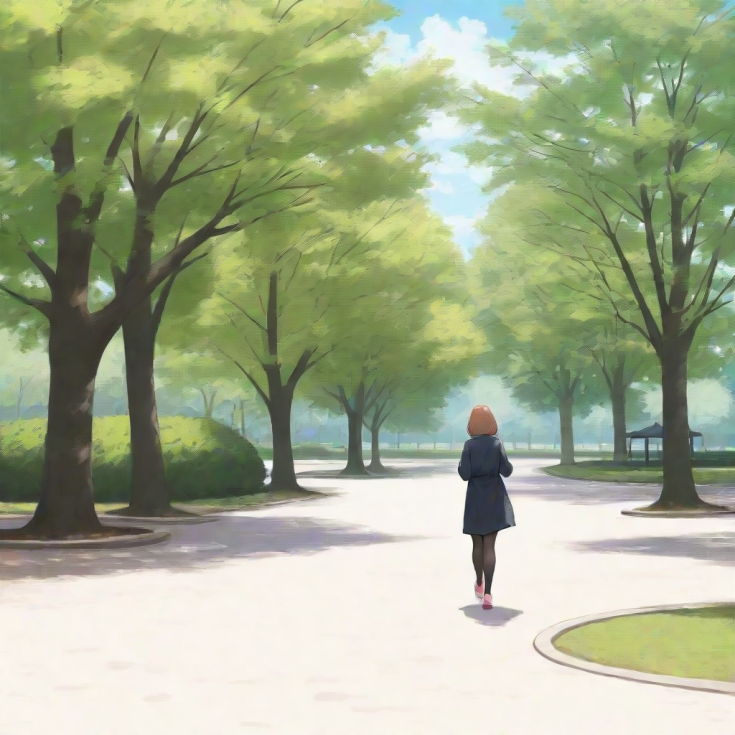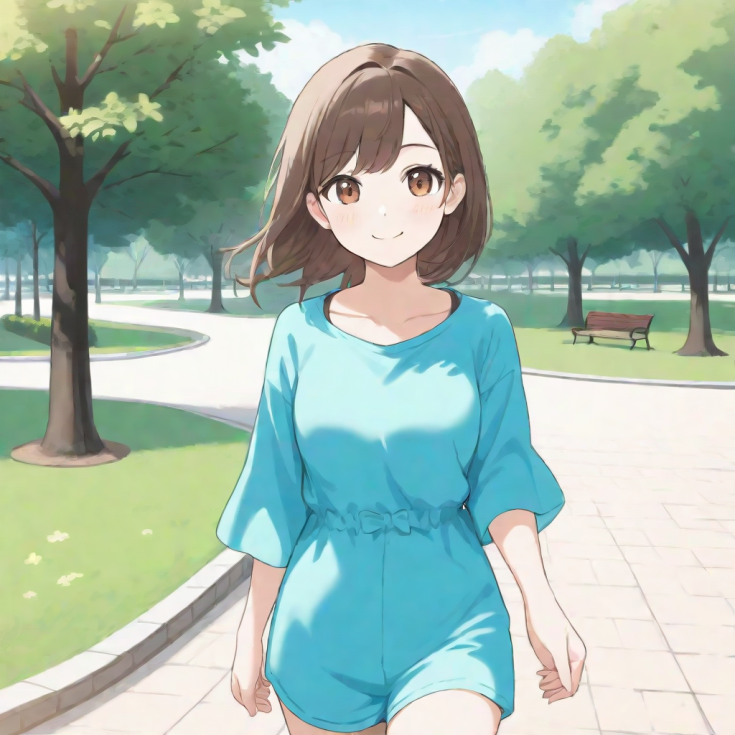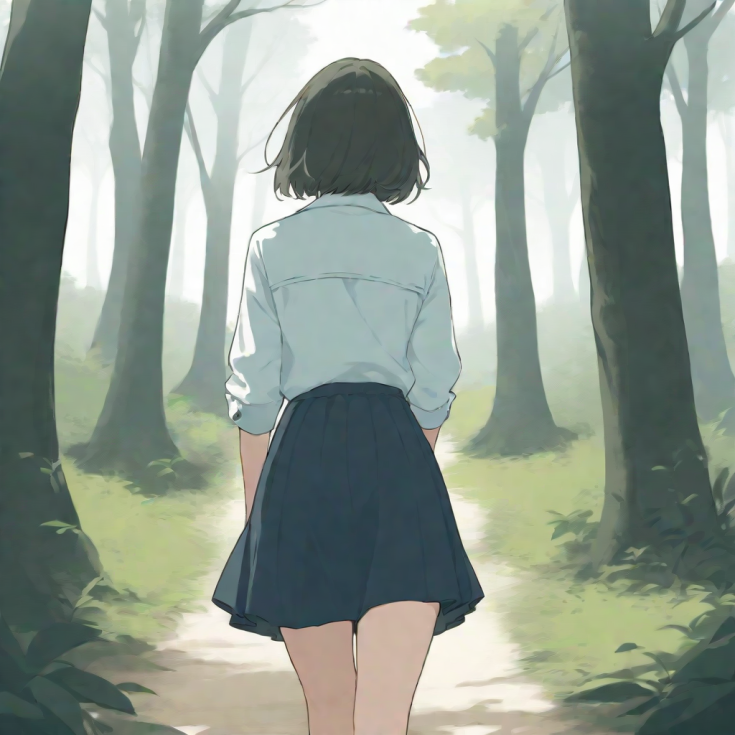Updated: May 5, 2025
styleSchnamix
📌 Model Overview
Schnamix is a new Stable Diffusion checkpoint that blends anime-style artistry with a touch of storybook charm. It was built by combining the strengths of Animagin4 (a popular anime model) with a curated illustrast-style dataset, resulting in a unique visual style. The model produces images with soft, hand-drawn lines and watercolor-like backgrounds, giving each output a gentle illustrated feel. This balanced style ensures backgrounds are beautiful yet never too distracting from the main subject.
One of the standout features of schnamix is its high prompt adherence. The model responds exceptionally well to composition and perspective tags, making it easy to control camera angles in your scenes. Whether you want a distant wide shot or an intimate close-up, schnamix follows your prompt cues reliably. This makes it particularly well-suited for artists and creators working on manga or illustrated stories, where specific angles and background details matter in every panel.
🎨 Style & Use
Style: Schnamix specializes in a soft illustration style. Lines come out looking as if they were drawn by hand, with a slightly sketchy yet clean quality. The colors and shading often have a watercolor-like softness, especially in the backgrounds. You'll notice that backgrounds are rendered in gentle washes of color and light, which complement the characters instead of overpowering them. This gives images a warm, cohesive look – almost like frames from an anime film or panels from a high-quality manga.
Use Cases: This model truly shines in background-heavy or environment-focused scenes. If you're creating a manga or webtoon, schnamix can handle those establishing shots of cityscapes, forests, or school courtyards with ease, populating them with rich detail. Because the backgrounds blend so nicely, you can even use schnamix for panels where characters are small or absent, and the scenery itself tells the story. Of course, it also works great for character-centric art – you can get lovely portraits or action scenes – but its ability to produce non-character-centric images sets it apart. In short, use schnamix whenever you need a beautiful scene with an anime flair and don't want the background to steal the spotlight from your characters.
⚙️ Prompt Tips
Schnamix is very responsive to specific prompt tags (especially camera angles and composition cues), so don't hesitate to direct it with those keywords. It gladly obeys tags like 'from behind' or 'from below' to give you the exact perspective you're looking for. Here are some tips and examples to get the most out of it:
No specific figure composition: If you don't include any shot or angle tags, schnamix will often default to a more distant view, showcasing the environment. In the example above, the character is seen from afar walking through a sunlit park. The trees and path dominate the scene in a pleasant watercolor style, while the character remains a subtle part of the image. This demonstrates how the model can create a vivid background-focused scene on its own – great for establishing shots or peaceful environment panels.
Using a 'cowboy shot': Adding a composition tag like 'cowboy shot' (mid-thigh up framing) brings the character more into focus. In this example, we prompted a girl in the same park using the cowboy shot tag. The result is a closer view of the character from roughly the waist up, with her face and upper body clearly featured. The background is still present with the trees and walkway, but it's pushed back just enough due to the framing, letting the character stand out. This shows how you can shift the focus toward the character by specifying a camera framing in the prompt.
Perspective 'from behind': Including the 'from behind' tag in your prompt ensures the subject is viewed from the back. As shown here, the model generates a scene of a girl walking along a forest path, seen from behind. Schnamix accurately respects this perspective cue – you see the character’s backside and the trailing path ahead of her, as if the camera is following her. The surrounding forest is beautifully rendered with misty trees and soft lighting, enhancing the atmosphere without drawing attention away from the girl. It’s a perfect example of the model’s reliability with viewpoint-specific prompts.
Combining 'from behind, from below': You can stack perspective tags for more dynamic angles. For instance, prompting 'from behind, from below' yields a low-angle shot from the rear. In the image above, we’re looking up at the character from a lower viewpoint as she walks through the forest, and schnamix handles this dramatic angle gracefully. The character appears from below (adding a sense of depth and scale) and from behind, with trees stretching upward and the sky peeking through in the soft background. This example showcases the model’s strength in interpreting multiple perspective cues correctly for creative shots.
When using schnamix, feel free to experiment with other composition tags like from above, side view, or close-up. The model’s strong training on perspective means it will likely handle these well too. Also, if you include specific background elements in your prompt (for example, mentioning "scenic background" or a setting like "city skyline background"), the model will pour extra detail into the surroundings. This is something schnamix does exceptionally well, given its focus on environments. You can always adjust your prompts to find the right balance between character and background depending on your needs.
⚠️ Known Limitations
No model is perfect, and schnamix has a couple of minor quirks to be aware of. The most notable limitation is a slight weakness in drawing hands and fingers with perfect fidelity. In some outputs, you might notice that hands (especially fingers) can appear a bit misshapen or fused. This is a common issue with many anime-style models and is only a minor drawback in schnamix, but it’s worth keeping in mind if your image features complex hand poses. A little bit of prompt tweaking (like adding "well-defined hands") or post-work (such as inpainting) can help remedy this when needed.
Additionally, because schnamix sometimes defaults to focusing on the background if not given specific figure instructions, if you really need a close-up of a character, make sure to explicitly prompt for it (using tags like "portrait" or "upper body"). This isn't so much a flaw as it is the model's style – it's eager to give you a pretty scene! Knowing this, you have the flexibility to either embrace the scenic route or guide the model more toward your character when necessary.
🙋♂️ Credits
Schnamix was created by schnami (@schnapoon on X). It was trained by mixing Animagin4 and a custom illustration-style dataset, blending the best of both sources. Huge thanks to the developers of Animagin4 and the artists whose works informed the illustrast dataset – their contributions laid the groundwork for this model’s creation. If you enjoy using schnamix, consider giving a shout-out to schnami or sharing your results! Happy generating!
